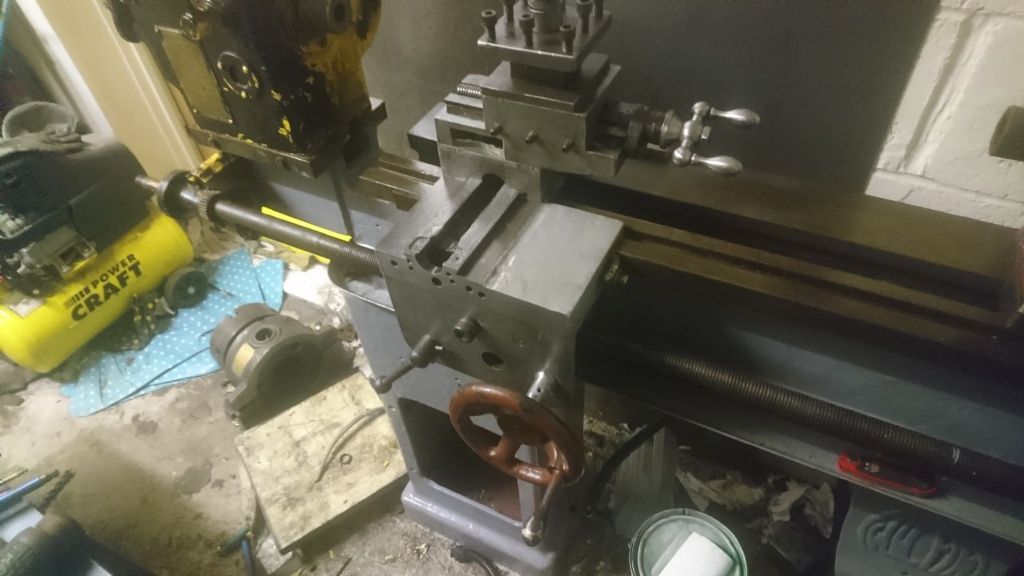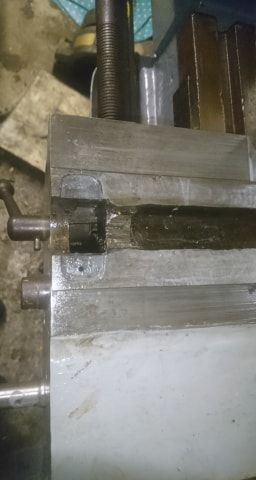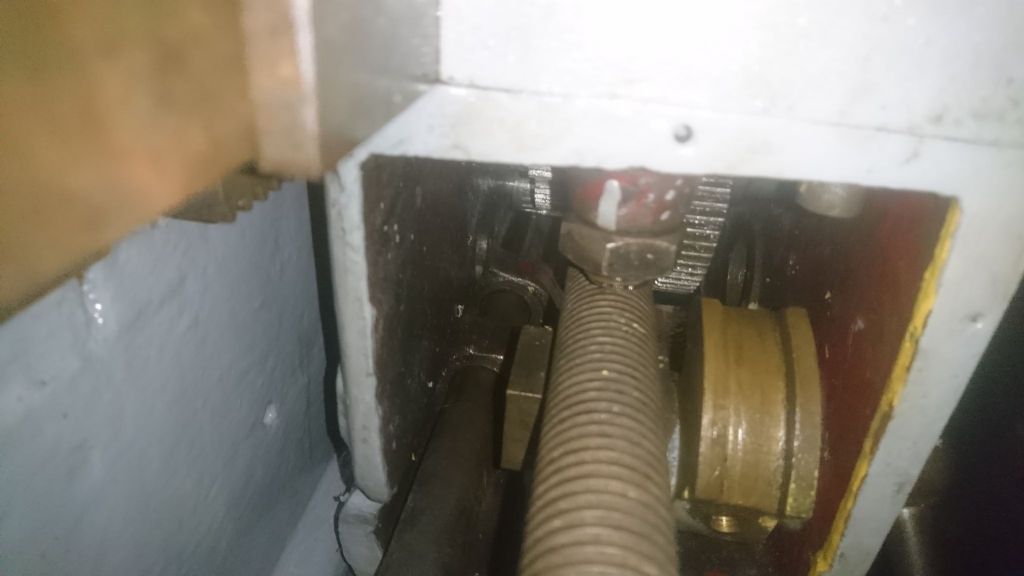Power cross feed: electric motor or linkage to spindle?
Power cross feed: electric motor or linkage to spindle?
- This topic has 7 replies, 5 voices, and was last updated 15 September 2019 at 00:41 by
Mark Rand.
Viewing 8 posts - 1 through 8 (of 8 total)
Viewing 8 posts - 1 through 8 (of 8 total)
- Please log in to reply to this topic. Registering is free and easy using the links on the menu at the top of this page.
Latest Replies
Viewing 25 topics - 1 through 25 (of 25 total)
-
- Topic
- Voices
- Last Post
Viewing 25 topics - 1 through 25 (of 25 total)
Latest Issue
Newsletter Sign-up
Latest Replies
- 125 mm chuck onto my lathe
- Warco Super Major Milling Machine – Stripping Gearbox
- Indicator bulb with bayonet mount needed
- interchangeable Myford beds
- Mercer comparator gauge repair help.
- Painting mating surfaces
- Smart & Brown Model L lathe help required
- Progress no.1 restoration
- boiler leak
- Bendy Flexible Plywood








